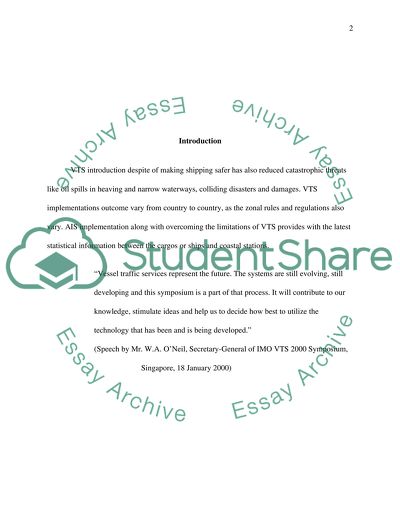Cite this document
(“Vessel Traffic Services Essay Example | Topics and Well Written Essays - 2000 words”, n.d.)
Retrieved from https://studentshare.org/technology/1527334-vessel-traffic-services
Retrieved from https://studentshare.org/technology/1527334-vessel-traffic-services
(Vessel Traffic Services Essay Example | Topics and Well Written Essays - 2000 Words)
https://studentshare.org/technology/1527334-vessel-traffic-services.
https://studentshare.org/technology/1527334-vessel-traffic-services.
“Vessel Traffic Services Essay Example | Topics and Well Written Essays - 2000 Words”, n.d. https://studentshare.org/technology/1527334-vessel-traffic-services.


